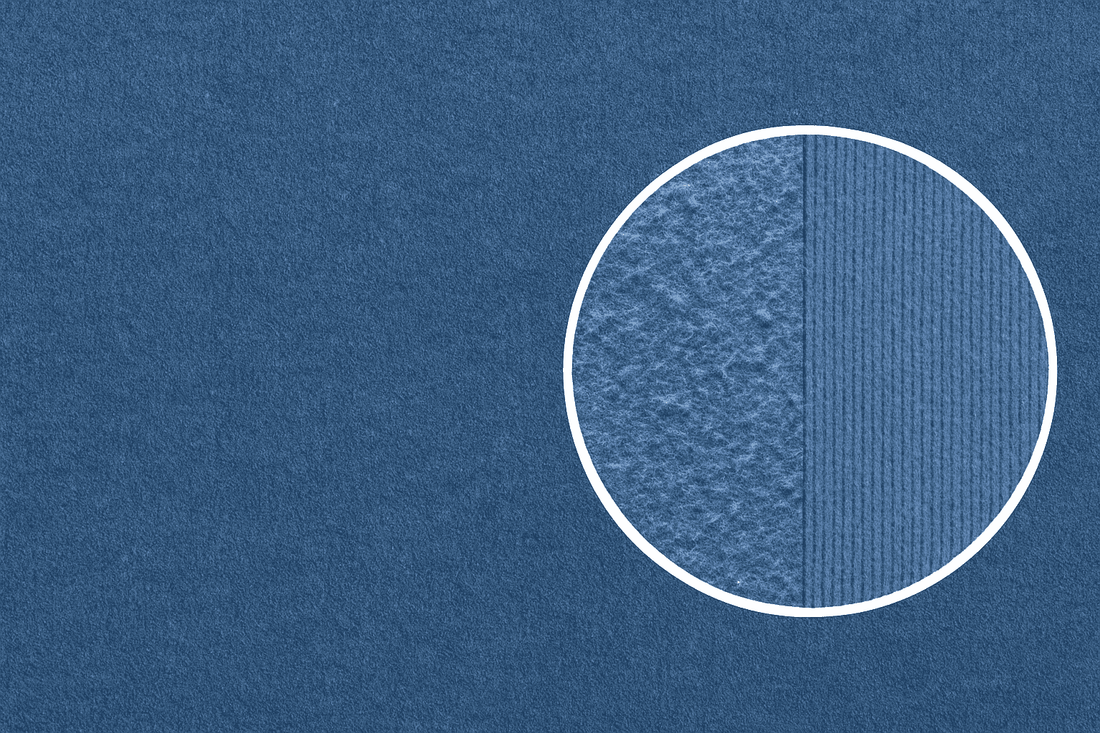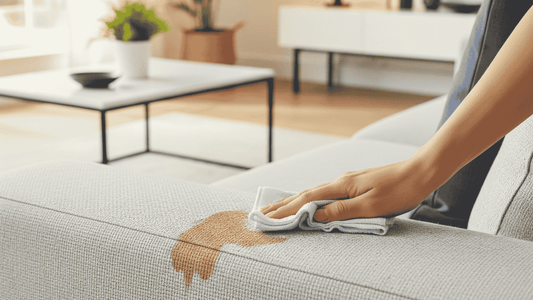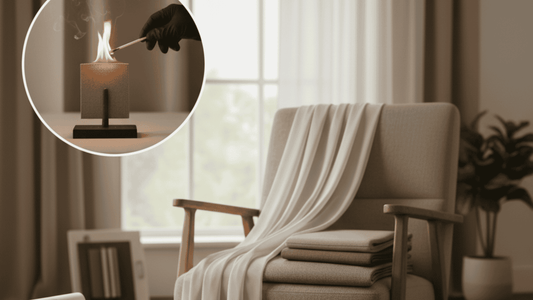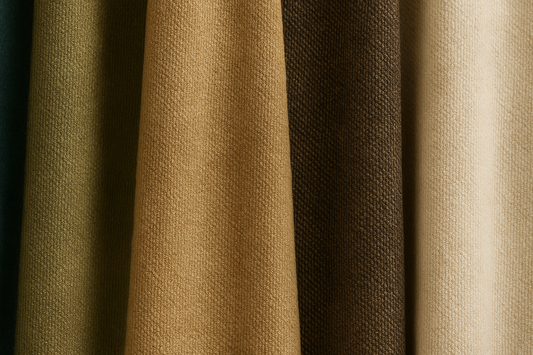
What is the Pilling Value and why is it important for fabrics?
Share
When choosing fabrics for furniture and clothing, you often encounter the term "pilling value." But what exactly does this value mean, and why is it so important? This comprehensive and informative blog post will tell you all about pilling value, so you can make a well-informed choice for the best fabric.
What is pilling?
Pilling is the phenomenon of small fluffs or balls forming on the surface of fabrics. This occurs when loose fibers clump together due to friction during use. While pilling doesn't directly affect the strength of a fabric, it does affect its appearance and feel.
What is the Pilling Value?
The pilling value indicates a fabric's susceptibility to lint formation. This value is determined using a standard test, such as the Martindale pilling test, in which the fabric is subjected to friction under controlled conditions.
The value is usually displayed on a scale of 1 to 5:
- 1 = Very severe pilling (lots of lint formation)
- 2 = Severe pilling
- 3 = Moderate pilling
- 4 = Light pilling
- 5 = No pilling (no lint formation)
Why is the Pilling value important?
1. Appearance quality
A fabric with a high pilling rating (4-5) stays beautiful longer and looks new for a long time. Fabrics with a low rating (1-2) will pill easily and therefore look old quickly.
2. Comfort
Pilling can make fabrics feel less comfortable against your skin. Choosing fabrics with a high pilling rating prevents this discomfort.
3. Suitability for intensive use
When choosing fabrics for heavily used furniture or clothing, it's important to select a high pilling value. This prevents rapid wear and tear and maintains a fresh appearance.
How do you prevent pilling?
Although pilling cannot always be completely prevented, there are some measures you can take:
- Choose fabrics with a high pilling value (4 or 5).
- Wash clothes inside out to minimize friction.
- Avoid rough washing or drying.
- Carefully remove lint with a lint remover or razor.
Which Pilling value suits your use?
- Decorative use (curtains, decorative cushions): 3-4
- Normal residential use (sofas, armchairs): 4-5
- Intensive residential use (families, public spaces): always at least 4-5
Examples of fabrics and their pilling value
- Polyester: High pilling value (usually 4-5), particularly suitable for intensive use.
- Wool: Can vary from 3-5 depending on quality.
- Cotton: Usually 3-4, prone to light to moderate pilling.
Conclusion
The pilling value is an essential criterion when choosing the right fabric for furniture or clothing. By considering this value, you ensure you choose fabrics that retain their beauty and feel comfortable for years to come.
Want to learn more about high-quality fabrics with excellent pilling resistance? Browse the selection at allestoffen.nl now and choose the one that best suits your needs!



